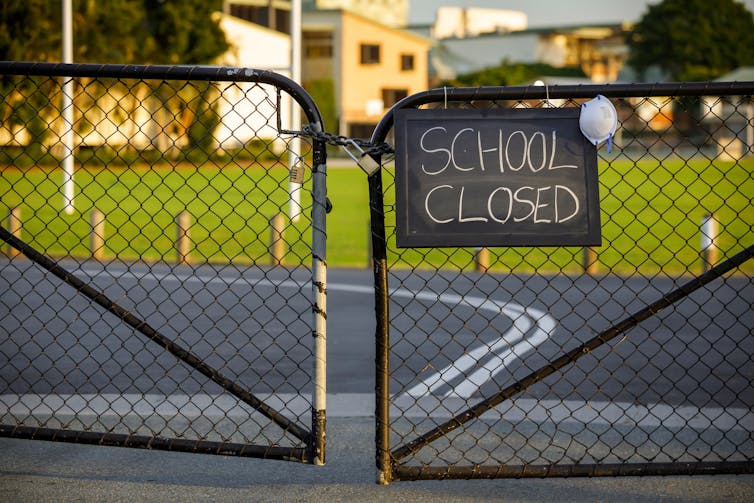The education minister wants graduating teachers to be 'classroom-ready'. But the classroom is not what it used to be
- Written by Terri Seddon, Professor of Education, La Trobe University
Federal Education Minister Alan Tudge has launched a six-month review into teacher education. The aim is to return Australian students to the top of international rankings in reading, maths and science by 2030.
In the 2019 round of the OECD’s Programme for International Student Assessment (PISA), 41% of Australian 15 year olds failed to meet the minimum national standards in reading – up from 31% in 2000. In maths and science, Australian students trailed students in 23 and 12 countries respectively, including Singapore, Poland and Canada.
Read more: Aussie students are a year behind students 10 years ago in science, maths and reading
The ministerial press release for the initial teacher review said teacher education was the most critical element towards lifting our international standards. The review will address two key questions: how to attract and select high-quality candidates into teaching, and how to prepare them to become effective teachers.
The education minister said “many teachers are still graduating from their courses insufficiently prepared to teach in a classroom”.
But what do we mean by classroom readiness? Our education system, and those who work in it, need to be ready not just for classroom teaching, but also for disruption.
The changing classroom
The currently announced review echoes a 2014 report from the the Teacher Education Ministerial Advisory Group, Action Now: Classroom Ready Teachers. This recommended for schools, universities and education systems to work together as partners to prepare “classroom-ready” teachers.
We investigated the effects of the implementation of these 2014 reforms. We interviewed teachers, academics and leaders in schools and universities to help us understand the partnerships recommended in the report.
Our data shows teachers and leaders in education need to be ready not only for classrooms, but also for disruption and catastrophe.
In announcing the launch of the current review, Minister Tudge acknowledged that last year, in particular, had shown us the importance of teachers.
Teachers were challenged to make informed decisions and be as effective as possible during a period of disruption.
 The traditional classroom all but disappeared in 2020.
Shutterstock
The traditional classroom all but disappeared in 2020.
Shutterstock
Teachers stepped up to the challenges of supporting school students learning from home. But pre-service teachers — those undertaking the initial education courses Tudge wants to review – couldn’t demonstrate how “classroom-ready” they were. That’s because no classrooms operated and, as the university deans noticed, school leaders and teachers did not count pre-service teachers as “priority work”.
The work that had been done to build partnerships between schools, universities and education systems to prepare pre-service teachers for the classroom – as recommended by the 2014 report – fell over when schools had to deny them professional placements.
This created a crisis of teacher supply. Every year Victoria requires around 5,000 teaching graduates to move into the teaching profession to meet workforce needs across the state, Catholic and independent school systems. But internal university data in 2020 suggested Victoria would be lucky to have even 1,500 graduates.
Read more: 'Exhausted beyond measure': what teachers are saying about COVID-19 and the disruption to education
The 2014 reports’ recommendations were implemented, but they became impossible to operate when catastrophe struck. This example shows school closures didn’t just affect classrooms but all parts of the education system — teacher education programs, teacher recruitment and supply of teachers to schools in 2021.
It’s an uncertain world
The start of a global pandemic may never happen again in the same way as it did in 2020. But last year also presented mega fires and floods — environmental as well as health scares — and the world is still struggling for control in 2021. Those events affected industries, driving unemployment up and increasing government welfare spending.
In a world that is integrated globally, with continuing evidence of climate consequences, it seems risky to revert to business as usual.
For kids to have jobs of the future, teachers and leaders working in schools and university need to problem-solve when disruption hits. When routine work is impossible, professionals must be confident they can adapt.
Australians need to know how to live in uncertain times, which means teachers must also learn to teach and lead in unexpected circumstances.
Authors: Terri Seddon, Professor of Education, La Trobe University



